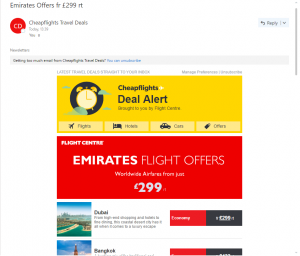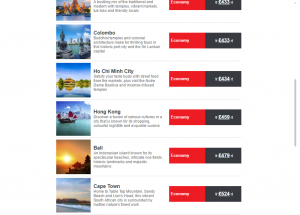Final blog post
This final blog post is to accompany and assist the Pecha Kucha, the main information necessary to explain HPs background was directly HPs website and social media accounts. Other background information was supplied by an article published by Kelly Fiveash, a news editor at Arts Technica UK (Fiveash, K. 2016). HP’s competitor data was also supplied by the competitor’s direct websites and social media pages.
The first strategy is to implement HPs community into one place, active community participation such as a community hub tends to be vital for today’s organisations according to Fournier & Lee (2009). They continue to note that a successful brand community is one with passionate consumers surrounded by their lifestyles, activities and style of the brand (Fournier, S. & Lee, L. 2009). Xheng et al (2015) analyses the loyalty that consumers feel when online brands focus on user engagement through their social networking sites and finds matching evidence stating the results revealed brand loyalty could be influenced by user engagement (Xheng, Z. et al. 2015).
For HP to gain traction using a brand-new hub or ‘central point’ content will not just need to be provided but also promotion of this content to a wider audience. To advocate this promotion, HP’s already established and future influencers will need to attract, excite and focus consumer’s attention on the hub.
A case study drawn up by an Advisory company named Latinum Network stresses that social media influencers are now able to bring the same level of force celebrities can by creating their own content. In some cases, YouTube influencers are becoming a celebrity in its own right. (Latinum Networks, 2015)
Rahim (2017) also focuses interest in influencers, believing social media influencers are seen as a more authentic celebrity and a trusted source. He also mentions using them can be an effective marketing strategy with 81% of marketing and communication professionals said influencers were effective (Rahim, H. 2017).
The second strategy implemented to entice consumers over to the hub is with giveaways and competitions. Peattie (1999) found evidence suggesting that promotional tools such as competitions can help with communication between consumer and organisation (Peattie, S. 1999)
References
Fiveash, K. (2016). HP Inc to axe up to 4,000 jobs over next three years. Available: https://arstechnica.co.uk/business/2016/10/hp-inc-4000-job-cuts-planned/. Last accessed 08/05/2017.
Fournier, S & Lee, L. (2009). Getting Brand Communities Right. Available: https://hbr.org/2009/04/getting-brand-communities-right. Last accessed 09/05/2017.
Latinum Network. (2015). Latinum Case Study: HP Partners with Online Influencers to Bend the Rules of Traditional Advertising. Available: http://www.latinumnetwork.com/latinum-case-study-hp-partners-with-online-influencers-to-bend-the-rules-of-traditional-advertising/. Last accessed 08/05/2017.
Peattie, S. (1). The Use of Sales Promotion Competitions in Social Marketing. Social Marketing Quarterly. 5 (1), 22-33.
Rahim, H. (2017). How to use influencers in your next marketing campaign. Available: http://www.telegraph.co.uk/connect/better-business/how-to-use-influencers-in-your-marketing-campaign/. Last accessed 08/05/2017.
Xheng, Z. et al. (2015). Building brand loyalty through user engagement in online brand communities in social networking sites. Information Technology and People. 28 (1), 90-106.






